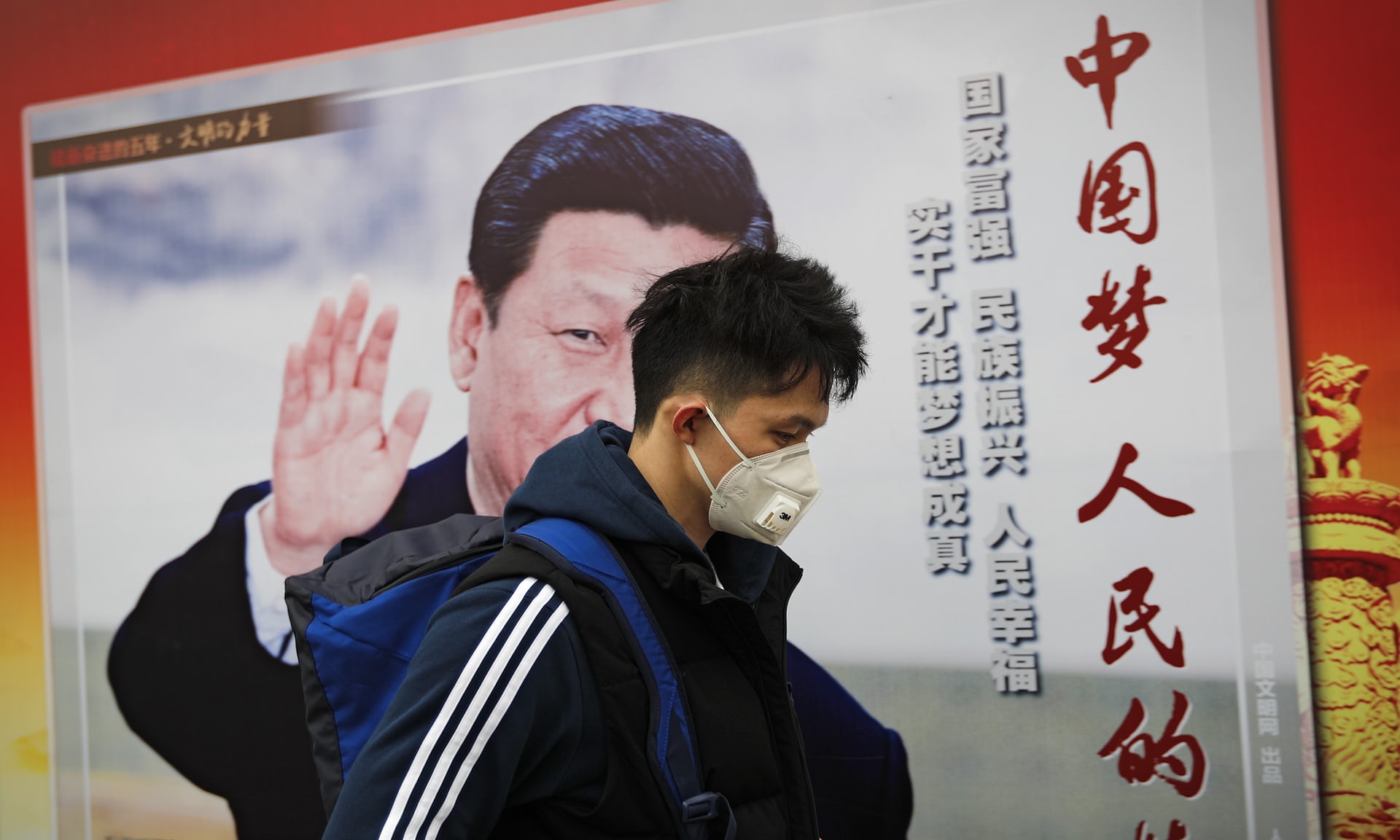 The Guardian by Lily Kuo, 31.3.2018: Ministry says country has 9m sources of pollution, with factories breaking emissions rules the big problem.
The Guardian by Lily Kuo, 31.3.2018: Ministry says country has 9m sources of pollution, with factories breaking emissions rules the big problem.
China’s environment ministry has said the number of sources of pollution in the country has increased by more than half in less than a decade.
Releasing preliminary results of an ongoing “environmental census”, China’s ministry of ecology and environment said the number of sources of pollution in the country stands at about 9m, compared to 5.9m in its first census, in 2010.
“The objectives and scope of the second census is different from those of the first one,” said Hong Yaxiong, head of the pollution survey at the ministry, Thursday. “But overall, there are more pollution sources.”
The census did not say whether pollution had increased but declines in airborne pollution in major cities have been recorded in other studies.
Hong said factories flouting emissions standards were the main problem. The ministry found 7.4m sources of industrial pollution, compared to a million in rural areas and 500,000 in urban locations.
Five years ago, China declared a “war against pollution.” Since then, new coal plants have been barred from opening and existing ones have been ordered to cut emissions. Major cities restrict the number of cars allowed on the roads. This past winter, residents in Beijing were left without heat after their coal boilers were removed.
As part of the campaign, officials this month expanded the powers of the country’s 10-year-old ministry of environmental protection to include water management, emissions reductions, agricultural pollution, and other duties previously managed by half a dozen other ministries.
As part of its new remit, the ministry is holding a second environmental census, to be completed in 2019. It will look into industrial parks, as well as municipal and rural sources of pollution. “We will look into all kinds of pollution sources,” Hong said.
China has made some important gains. Michael Greenstone, director of the Energy Policy Institute at the University of Chicago, analysed data from government air monitors collected between 2013 and 2017, and found that many of China’s densest cities have recorded major declines in air pollution.
In Beijing, where several days of smog known as “the airpocalypse” of 2013 in part prompted China’s declaration of war, the concentration of fine particulates in the air fell 35%.
“By winning this war, China is due to see dramatic improvements in the overall health of its people, including longer lifespans, if these improvements are sustained,” Greenstone said in a statement.